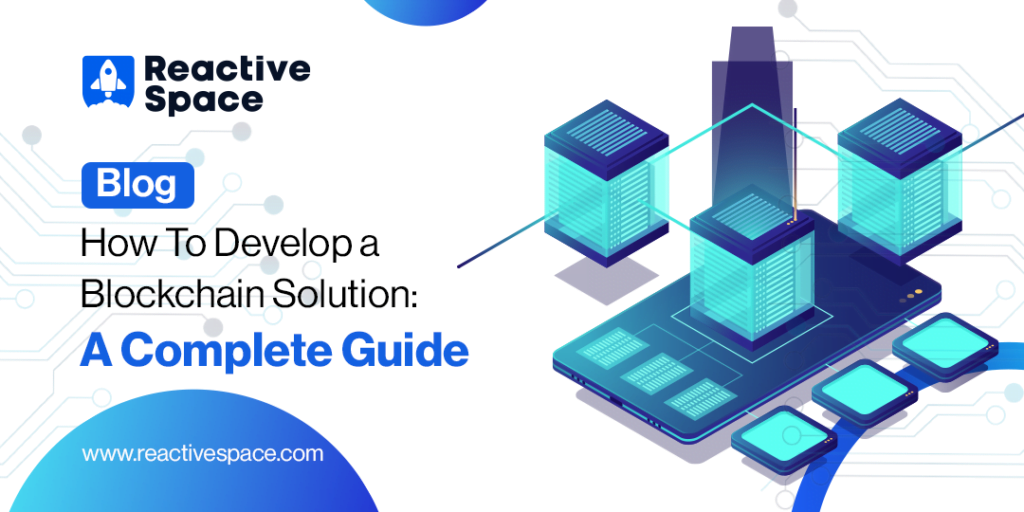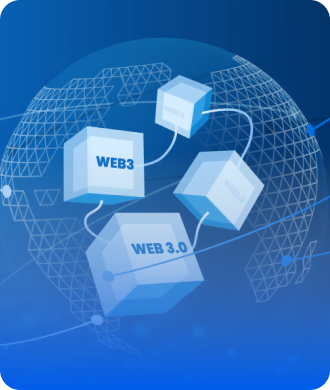
Blockchain technology has rapidly evolved, transforming the way we conduct transactions and manage data. In this comprehensive guide, we’ll take you through the process of developing a blockchain solution, covering everything from the basics to deployment and beyond.
Introduction
Blockchain, at its core, is a decentralized and distributed ledger that records transactions across a network of computers. Its inherent security and transparency make it an attractive technology for various applications. Developing a blockchain solution requires a systematic approach to ensure a robust and effective outcome.
Understanding the Basics
Before delving into development, it’s crucial to understand the fundamentals of blockchain. A blockchain is a chain of blocks, each containing a list of transactions. These blocks are linked using cryptography, providing security and immutability.
Benefits of Blockchain Solutions
The benefits of implementing blockchain solutions are manifold. Enhanced security, transparency, and decentralization are key advantages that make blockchain a revolutionary technology.
Identifying Use Cases
Blockchain finds applications in diverse fields, from finance to healthcare. Understanding the specific use case is essential for tailoring the solution to meet the unique requirements of the industry.
Steps to Develop a Blockchain Solution
Define the Purpose
Clearly define the purpose of your blockchain solution. Whether it’s streamlining supply chain processes or improving financial transactions, a well-defined purpose guides the entire development process.
Choose a Consensus Mechanism
Selecting an appropriate consensus mechanism is crucial. Options like Proof of Work (PoW) or Proof of Stake (PoS) impact the security and efficiency of the blockchain.
Select a Suitable Platform
Choosing the right platform depends on factors like scalability, ease of use, and community support. Options include Ethereum, Hyperledger, and Binance Smart Chain.
Setting Up the Development Environment
Before diving into coding, set up your development environment. Install the necessary tools and configure the environment to ensure a smooth development process.
Coding the Smart Contracts
Smart contracts are self-executing contracts with the terms of the agreement directly written into code. Learn the basics of writing smart contract code to automate processes on the blockchain.
Testing the Solution
Thorough testing is crucial to identify and address any issues in the solution. Various testing methodologies, including unit testing and integration testing, help ensure a robust and secure blockchain application.
Security Considerations
Addressing vulnerabilities is a critical aspect of blockchain development. Implement best practices for securing your solution, including secure coding and encryption.
Deploying the Solution
Choose the right deployment method based on your project requirements. Whether it’s a public blockchain or a private one, follow the necessary steps for a successful deployment.
Monitoring and Maintenance
Continuous monitoring is essential for ensuring the performance and reliability of your blockchain solution. Regular maintenance and updates keep the system running smoothly.
User Training and Adoption
Training end-users on how to interact with the blockchain solution is key to its success. Implement strategies to increase user adoption and acceptance.
Challenges and Solutions
Explore common challenges in blockchain development, such as scalability issues and regulatory concerns. Discover effective solutions and workarounds to overcome these hurdles.
Future Trends in Blockchain Development
As technology continues to advance, so does blockchain. Explore future trends, including increased integration with other technologies and evolving standards and protocols.
Conclusion
In conclusion, developing a blockchain solution is a complex yet rewarding process. By understanding the basics, following a systematic development approach, and addressing challenges, developers can create innovative solutions that have the potential to transform industries.



